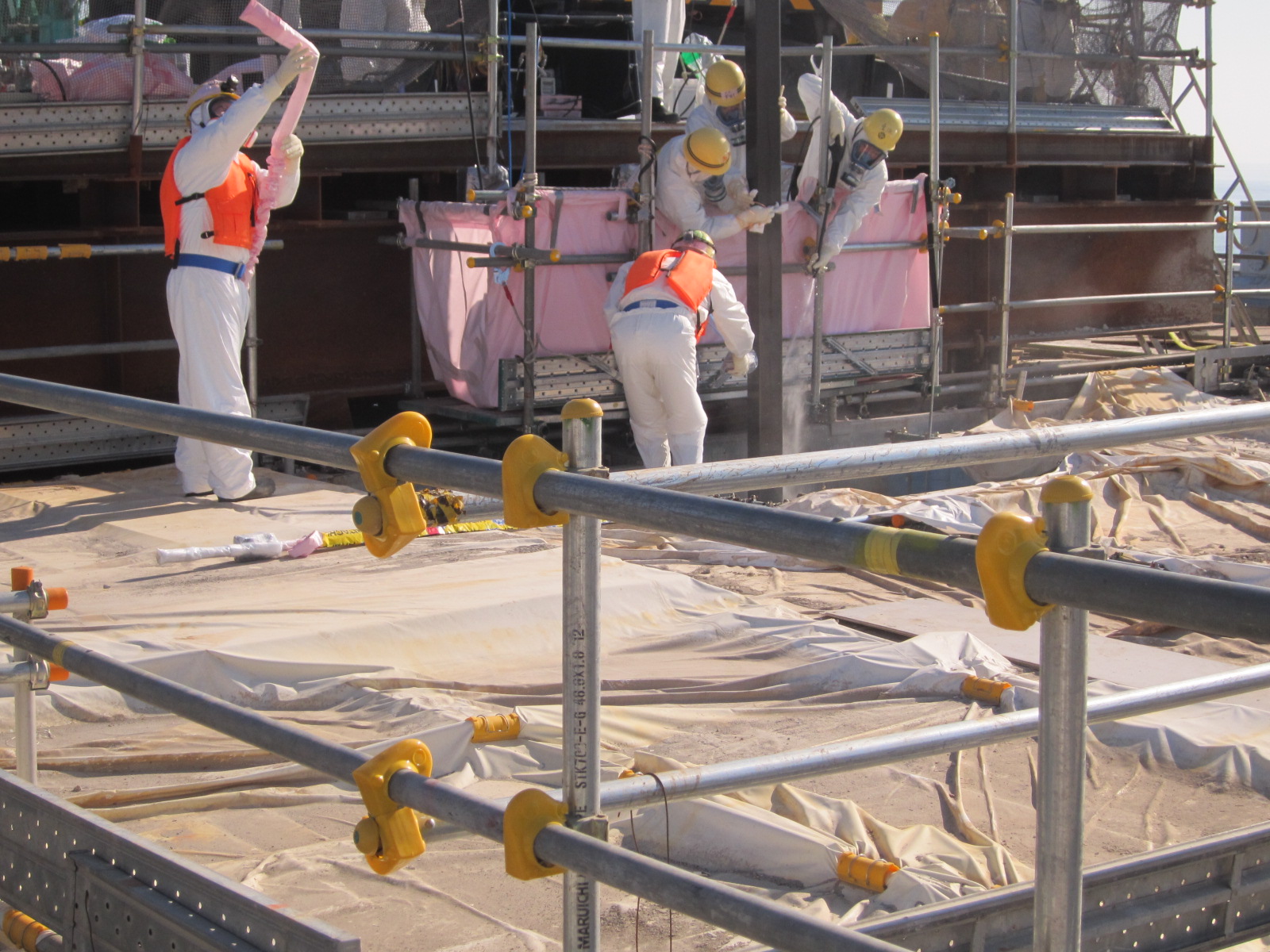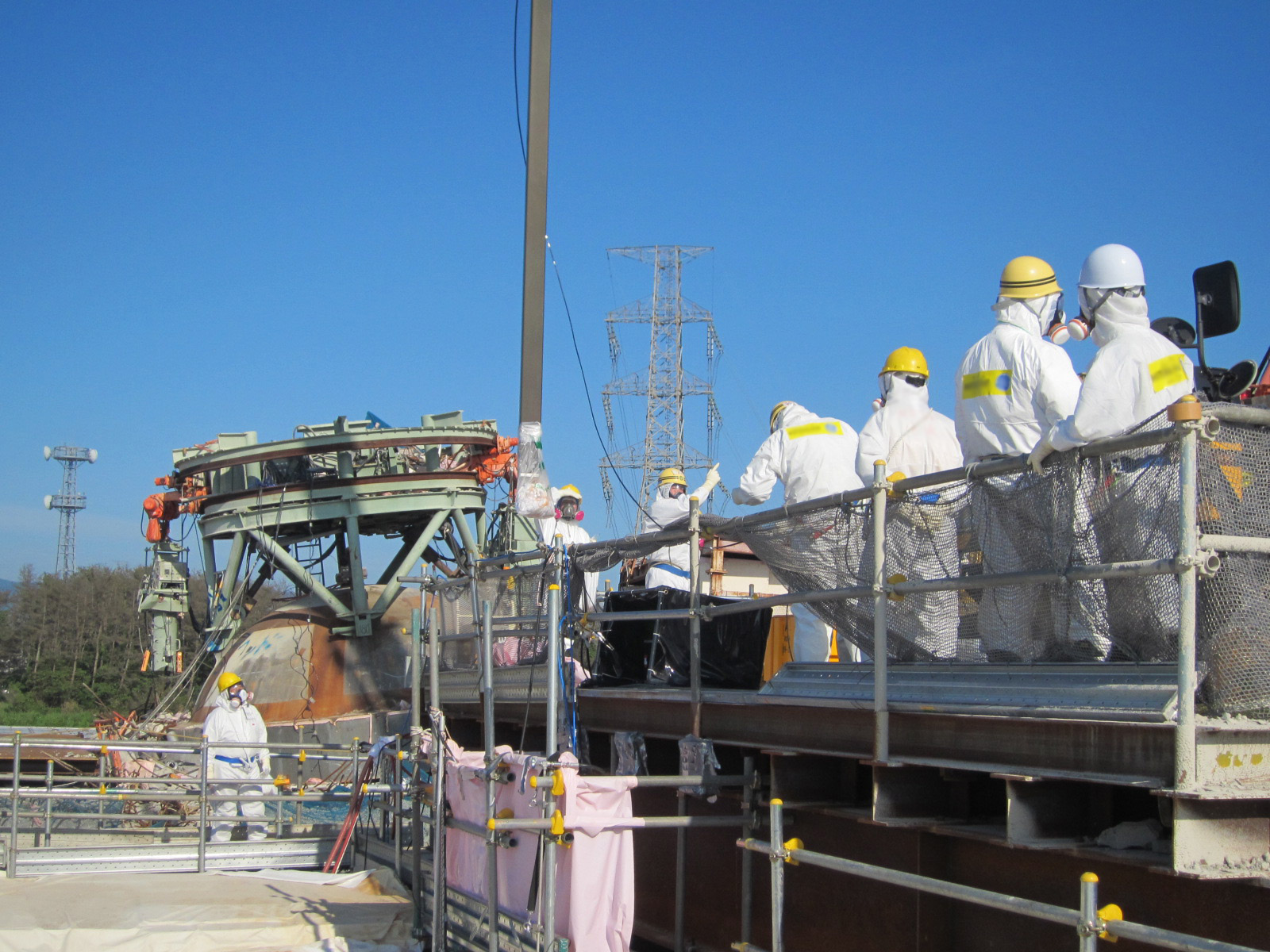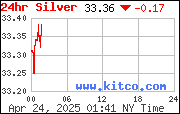I'm aghast. Japan's women's team won the World Cup Soccer in 2011, and all they got for that was a bump up from the economy class to the economy "premium" class, while the men's team was in the business class, on the same plane.
How that for the insult?
And the reason? The Japan Football Association says "Well, it's been always like this..." The country of Japan is a place for routines, no matter what. All through last year, people went through annual routines - children digging up bamboo shoots in the dirt, planted rice seedlings in the mud with bare feet, people having outdoor parties under the cherry blossoms, having school children clean out the swimming pools before the swimming season, on and on. So what the women's soccer team won the World Cup? They've always flown economy, why change now?
From Wall Street Journal (7/19/2012; emphasis is mine):
Sexist Soccer? Japan’s World Cup Women Fly Economy; Men Relax in Business
A whole nation celebrated when the Japanese women’s soccer squad won the World Cup last year. But hopes that the surprise victory would change attitudes toward women playing the beautiful game in Japan appear to have been premature.
World champions they may be, but when it comes to the pecking order against their male counterparts, Japan’s female football players are relegated to backseat status — literally.
The Japanese women, considered strong contenders for Olympic gold in London, had to squeeze into economy seats on a 12-hour flight to Europe this week, while members of the less successful men’s soccer team, enjoyed the plush amenities of business class further up the cabin.
“It should have been the other way around,” team captain Homare Sawa, the belle of Japanese soccer, told reporters after arriving in Paris. “Even just in terms of age, we are senior,” joked FIFA’s women’s soccer player of the year.
The Japan Football Association lies behind the class separation. While the Japan Olympic Committee gives all Olympic-bound athletes economy class tickets, it is up to the respective associations of each sport to upgrade athletes’ seats as necessary, a JOC spokesman said.
Economy seats to Europe cost as much as ¥160,000 a pop, or about $2,000, but that is considerably less than the ¥400,000 or so a business class seat on a Japan Airlines flight from Tokyo to Paris cost as of Thursday.
To be fair, the Japanese women did get a bump of sorts. They were upgraded to economy premium, which offers 20% extra leg room.
The JFA was not immediately available for comment. But the association has previously said the ticket class distinction has been this way for a long time. The men have been flying business since the 1996 Summer Games in Atlanta, a couple of years after the men’s league went professional, while the women have remained in coach.
...
The president of the JFA said on Wednesday that for him to consider upgrading the women to business class on the return flight, the women would have to win gold. The men, who are not tipped for a medal, will be there regardless.
(Full article at the link)
I wonder how the men's team felt. I hope they were uncomfortable, but "hope" is a dirty word these days.













 Tokyo Time
Tokyo Time
![[Most Recent Quotes from www.kitco.com]](http://www.kitconet.com/charts/metals/gold/t24_au_en_usoz_2.gif)

